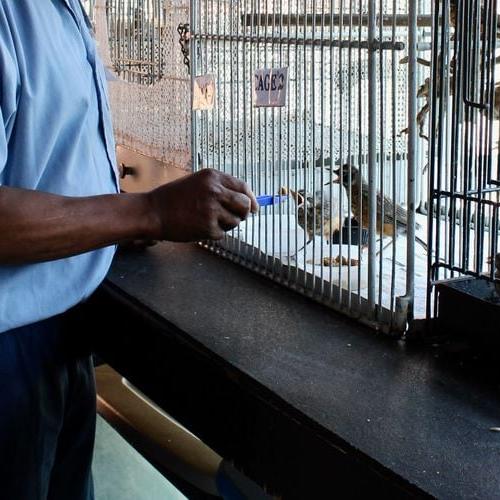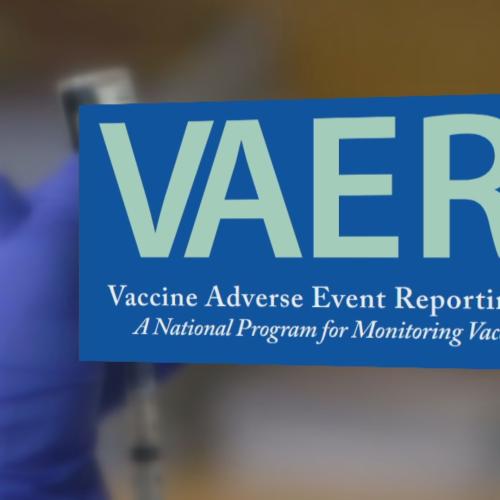Inspiring: Animal Wonders News Articles
Below are key excerpts of inspiring news articles on animal wonders from reliable news media sources. If any link fails to function, a paywall blocks full access, or the article is no longer available, try these digital tools.
For further exploration, delve into our Inspiration Center.
After studying a cockatoo that grooves to the Backstreet Boys and about 1,000 YouTube videos, scientists say they've documented for the first time that some animals "dance" to a musical beat. The results support a theory for why the human brain is wired for dancing. In lab studies of two parrots and close review of the YouTube videos, scientists looked for signs that animals were actually feeling the beat of music they heard. The verdict: Some parrots did, and maybe an occasional elephant. But researchers found no evidence of that for dogs and cats, despite long exposure to people and music, nor for chimps, our closest living relatives. Why? The truly boppin' animals shared with people some ability to mimic sounds they hear, the researchers say. The brain circuitry for that ability lets people learn to talk, and evidently also to dance or tap their toes to music, suggests Aniruddh Patel of the Neurosciences Institute in San Diego. He proposed the music connection in 2006. He also led a study of Snowball that was published online Thursday by the journal Current Biology. A separate YouTube study, also published Thursday by the journal, was led by Adena Schachner, a graduate student in psychology at Harvard University. In sum, the new research "definitely gives us a bit of insight into why and how humans became able to dance," Schachner said. A video of Snowball bobbing his head and kicking like a little Rockette to music has been viewed more than 2 million times on YouTube since it was posted in 2007. Snowball's movements followed the beat of his favorite Backstreet Boys song ... even when researchers sped up the tune and slowed it down.
Note: To watch videos of Snowball dancing to the Backstreet Boys and Huey Lewis, click here.
A dolphin swam up to two distressed whales that appeared headed for death in a beach stranding in New Zealand and guided them to safety, witnesses said. The actions of the bottlenose dolphin -- named Moko by residents who said it spends much of its time swimming playfully with humans at the beach -- amazed would-be rescuers and an expert who said they were evidence of the species' friendly nature. The two pygmy sperm whales, a mother and her calf, were found stranded on Mahia Beach, about 500 kilometers (300 miles) northeast of the capital of Wellington, said Conservation Department worker Malcolm Smith. Rescuers worked for more than one hour to get the whales back into the water, only to see them strand themselves four times on a sandbar slightly out to sea. It looked likely the whales would have to be euthanized to prevent them suffering a prolonged death, Smith said. "They kept getting disorientated and stranding again," said Smith, who was among the rescuers. "They obviously couldn't find their way back past (the sandbar) to the sea." Along came Moko, who approached the whales and led them 200 meters (yards) along the beach and through a channel out to the open sea. "Moko just came flying through the water and pushed in between us and the whales," Juanita Symes, another rescuer, told The Associated Press. "She got them to head toward the hill, where the channel is. It was an amazing experience. The best day of my life." Smith speculated that Moko responded after hearing the whales' distress calls. "They had arched their backs and were calling to one another, but as soon as the dolphin turned up they submerged into the water and followed her."
Note: To watch a video featuring Moko's rescue of the whales, click here.
Cruising in their custom wheelchairs, Chili and Arlo are the center of attention wherever they go. But for patients at the Baylor Institute for Rehabilitation in Dallas, these two canine caregivers are also an inspiration. Many of the patients are new to wheelchairs, Linda Marler, the programs director [said]. When they see Chili and Arlo, they say, If those dogs can do it, so can I. Chili and Arlo are the only dogs with disabilities among the 90 specially trained therapy dogs that participate in Baylors Animal Assisted Therapy program. The canine volunteers make weekly visits to lift the spirits of patients who have suffered traumatic injuries or a stroke. We use the dogs to create more of a home atmosphere and also to get a response, Marler said. Shes found that animals will often elicit a reaction when every other method has failed. For head injury patients, a dog has been the first thing they respond to when emerging from a coma, Marler said. For others, being with a dog is what motivates them to speak or throw a ball. Or use a wheelchair. Marler says some of the patients who had been reluctant to use one are willing to give it a shot after spending time with Arlo and Chili.
Scientific research shows that many animals are very intelligent and have sensory and motor abilities that dwarf ours. Dogs are able to detect diseases such as cancer and diabetes and warn humans of impending heart attacks and strokes. Elephants, whales, hippopotamuses, giraffes, and alligators use low-frequency sounds to communicate over long distances, often miles; and bats, dolphins, whales, frogs, and various rodents use high-frequency sounds to find food, communicate with others, and navigate. Many animals also display wide-ranging emotions, including joy, happiness, empathy, compassion, grief, and even resentment and embarrassment. Many animals display profound grief at the loss or absence of a relative or companion. Do animals marvel at their surroundings, have a sense of awe when they see a rainbow, or wonder where lightning comes from? Sometimes a chimpanzee, usually an adult male, will dance at a waterfall with total abandon. Ravens and many other animals live by social norms that favor fairness and justice. And outside of Buenos Aires, Argentina, a dog rescued an abandoned baby by placing him safely among her own newborn puppies. Amazingly, the dog carried the baby about 150 feet to where her puppies lay after discovering the baby covered by a rag in a field.
Important Note: Explore our full index to revealing excerpts of key major media news articles on several dozen engaging topics. And don't miss amazing excerpts from 20 of the most revealing news articles ever published.
























































































